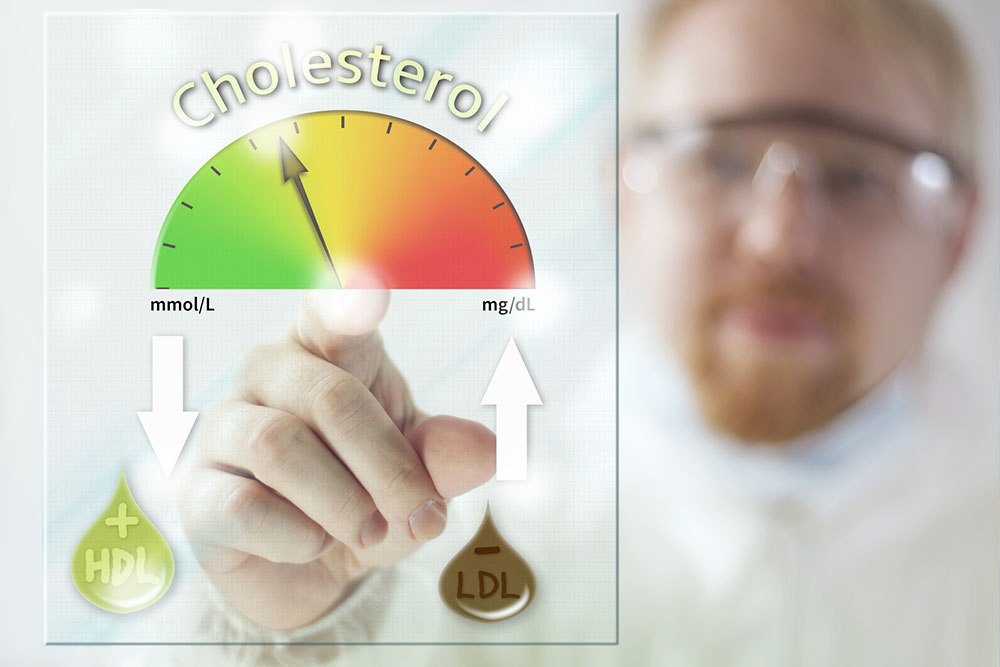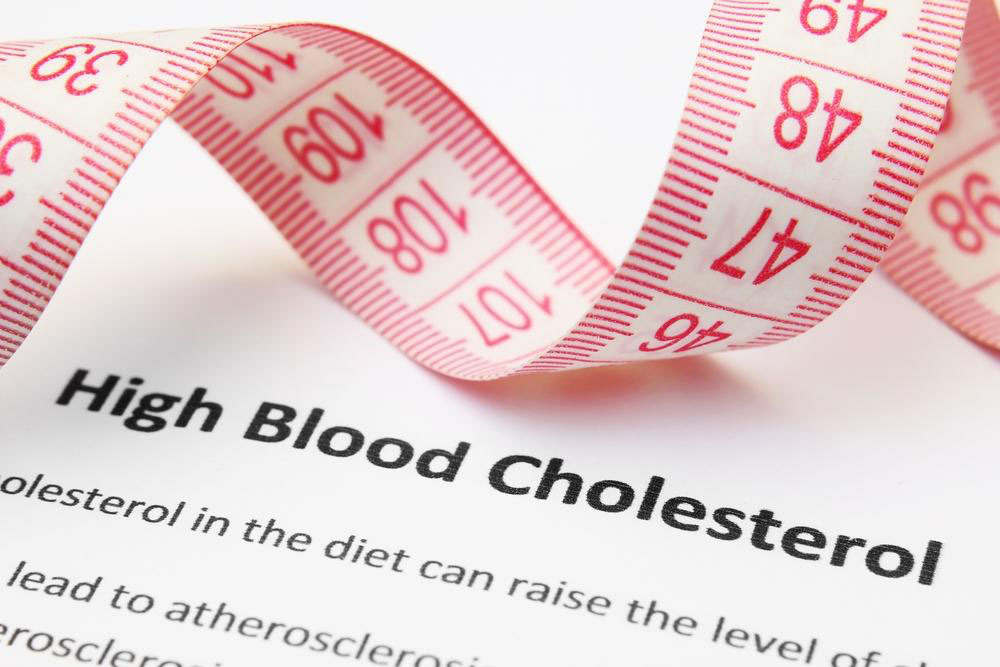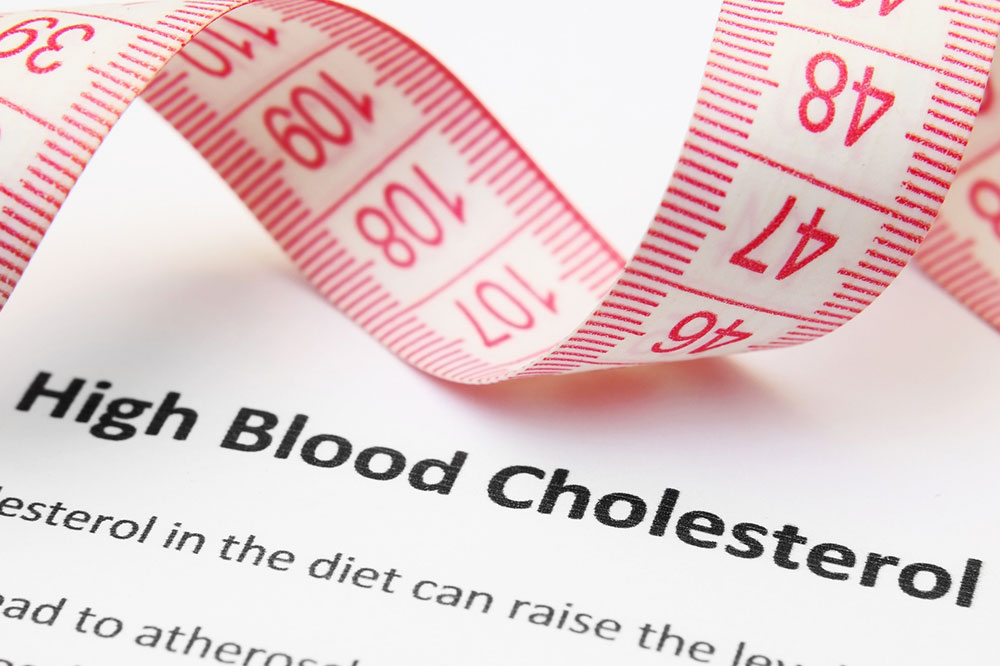Understanding and Managing Elevated Blood Cholesterol Levels
Learn everything about high cholesterol, including its types, risk factors, and management strategies. Discover how lifestyle and medical treatments can help lower cholesterol levels and prevent related cardiovascular diseases.

Understanding and Managing Elevated Blood Cholesterol Levels
Cholesterol is a fatty substance circulating in your bloodstream, essential for building cell membranes and producing hormones. While a certain amount is necessary for good health, excess cholesterol can pose serious health risks.
When cholesterol levels are high, fatty deposits may form in your arteries, impeding blood flow. This buildup increases the risk of heart attacks and strokes.
A cholesterol profile measures total cholesterol, LDL (bad cholesterol), HDL (good cholesterol), and triglycerides, which are fats in the blood.
Cholesterol Types
There are two main types of cholesterol: HDL helps clear excess cholesterol, whereas LDL promotes buildup in arteries. Maintaining a balance between these is crucial for cardiovascular health.
Cholesterol Levels in Children and Adults
Cholesterol levels are categorized as optimal, borderline, or high, with different standards for children and grown-ups. Critical metrics include total cholesterol, LDL, HDL, and triglycerides, all of which influence overall health assessments.
The National Institutes of Health (NIH) defines the following ranges:
Children's Cholesterol Levels
Total cholesterol under 170 mg/dL is considered healthy. HDL should be 45 mg/dL or higher, LDL below 110 mg/dL, with triglycerides under 75 mg/dL (ages 0-9) or under 90 mg/dL (ages 10-19). Borderline levels are 170-199 total cholesterol, with varying HDL, LDL, and triglyceride ranges. High cholesterol is 200 mg/dL or more, with LDL over 130 mg/dL. Low HDL is below 40 mg/dL.
Adult Cholesterol Levels
Healthy total cholesterol is 200 mg/dL or less, HDL at 40 mg/dL or higher, LDL below 100 mg/dL, and triglycerides under 149 mg/dL. Borderline values are 200-239 mg/dL for total cholesterol, with LDL from 130-159 mg/dL, and triglycerides from 150-199 mg/dL. High levels are 240 mg/dL or above, LDL of 160 mg/dL or more, and triglycerides exceeding 200 mg/dL.
Health Risks of Elevated Cholesterol
Persistently high cholesterol can cause atherosclerosis, where fatty deposits clog arteries, reducing blood flow and causing chest pain (angina). Plaque buildup can rupture, leading to blood clots that cause heart attacks or strokes. Elevated cholesterol also raises the risk of cerebrovascular events due to artery blockages in the brain.
Factors Contributing to High Cholesterol
Unhealthy lifestyles, poor diets rich in saturated and trans fats, inactivity, obesity, smoking, and conditions like diabetes can elevate cholesterol levels beyond recommended ranges.
Strategies for Managing High Cholesterol
Medical treatments include statins, bile acid sequestrants like cholestyramine, fibrates, and omega-3 supplements. Lifestyle modifications are critical: adopt a heart-healthy diet low in saturated and trans fats, incorporate healthy fats, exercise regularly, maintain a healthy weight, and avoid smoking.










